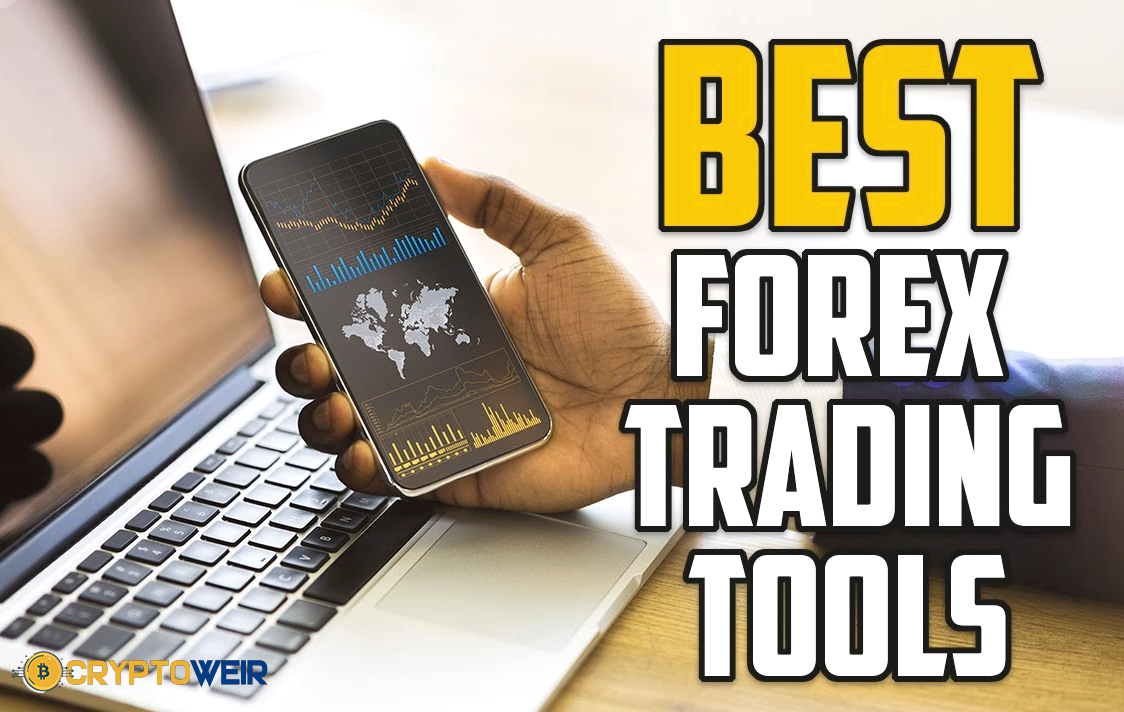How to Trade Forex with a Small Account
The truth is, you can trade Forex with a small account and still achieve significant results if you follow the right strategies.

Forex trading is one of the most accessible financial markets, allowing individuals to trade currencies from the comfort of their homes. However, many aspiring traders are held back by the misconception that you need a large amount of capital to succeed. The truth is, you can trade Forex with a small account and still achieve significant results if you follow the right strategies. In this guide, we’ll explore how to maximize your potential while trading Forex with limited funds.
1. Understanding Forex Trading with a Small Account
Before diving into strategies, it’s essential to understand what it means to trade Forex with a small account. Typically, a small account refers to a trading account with less than $1,000. While this may seem limiting, the Forex market’s high liquidity and leverage options make it possible to trade effectively even with minimal capital.
Key Points:
- Leverage: Forex brokers often offer high leverage, allowing you to control larger positions with a small amount of capital. For example, 100:1 leverage means you can control 10,000 with just 100.
- Risk Management: Trading with a small account requires strict risk management to protect your capital.
- Realistic Expectations: With a small account, focus on consistent growth rather than overnight riches.
2. Choosing the Right Broker for Small Accounts

Not all Forex brokers are created equal, especially when you’re looking to trade Forex with a small account. Here’s what to consider when selecting a broker:
Key Features to Look For:
- Low Minimum Deposit: Choose a broker that allows you to open an account with a small amount, such as 50 or 100.
- Tight Spreads: Lower spreads reduce trading costs, which is crucial for small accounts.
- Leverage Options: Ensure the broker offers flexible leverage to maximize your trading potential.
- Regulation: Always trade with a regulated broker to ensure the safety of your funds.
Popular brokers for small accounts:
- XM: Known for low minimum deposits and flexible leverage.
- Exness: Offers micro accounts with low spreads.
- Pepperstone: Provides tight spreads and excellent customer support.
3. Risk Management: The Backbone of Small Account Trading
Risk management is the most critical aspect of learning how to trade Forex with a small account. Without proper risk management, even a few losing trades can wipe out your account.
Risk Management Strategies:
- Position Sizing: Never risk more than 1-2% of your account on a single trade. For a 500account5-$10 per trade.
- Stop-loss Orders: Always use stop-loss orders to limit potential losses.
- Risk-Reward Ratio: Aim for a risk-reward ratio of at least 1:2. This means if you risk 10, your target profit should be 10, and your target profit should be 20.
- Avoid Overtrading: Stick to a few high-probability trades rather than chasing multiple opportunities.
4. Leverage: A Double-Edged Sword
Leverage is a powerful tool that allows you to trade Forex with a small account, but it must be used wisely. While leverage can amplify your profits, it can also magnify your losses.
Tips for Using leverage:
- Start Small: Begin with lower leverage (e.g., 10:1 or 20:1) until you gain confidence.
- Understand Margin Requirements: Know how much margin is required for each trade to avoid margin calls.
- Avoid Over-Leveraging: High leverage can lead to significant losses if the market moves against you.
5. Trading Strategies for Small Accounts
When you trade Forex with a small account, you need strategies that align with your limited capital. Here are some effective approaches:
a. Scalping
Scalping involves making multiple small trades throughout the day to capture minor price movements. This strategy is ideal for small accounts because it focuses on small, consistent gains.
Key Tips:
- Use a broker with low spreads and fast execution.
- Focus on highly liquid currency pairs like EUR/USD or GBP/USD.
- Keep trades short, typically a few minutes to an hour.
b. Day Trading
Day trading involves opening and closing trades within the same day. It’s suitable for small accounts because it avoids overnight risks.
Key Tips:
- Use technical analysis to identify entry and exit points.
- Stick to a few currency pairs to avoid overcomplicating your strategy.
- Set daily profit and loss limits to maintain discipline.
c. Swing Trading
Swing trading involves holding trades for several days to capture larger price movements. While it requires more patience, it can be profitable for small accounts.
Key Tips:
- Use higher timeframes (e.g., 4-hour or daily charts) to identify trends.
- Combine technical and fundamental analysis for better accuracy.
- Be patient and avoid emotional decision-making.
6. Building a Trading Plan
A well-defined trading plan is essential when you trade Forex with a small account. It helps you stay disciplined and focused on your goals.
Components of a Trading Plan:
- Goals: Define your financial goals and the time frame to achieve them.
- Strategy: Choose a trading strategy that suits your risk tolerance and account size.
- Risk Management Rules: Outline your risk management guidelines, including position sizing and stop-loss levels.
- Trading Schedule: Set specific times for trading to avoid overtrading.
7. Psychological Discipline in Small Account Trading
Trading psychology plays a significant role in your success, especially when you trade Forex with a small account. Emotions like fear and greed can lead to poor decision-making.
Tips for Maintaining Discipline:
- Stick to Your Plan: Avoid deviating from your trading plan based on emotions.
- Accept Losses: Losses are part of trading. Learn from them and move on.
- Stay Patient: Focus on long-term growth rather than quick profits.
8. Tools and Resources for Small Account Traders
To trade Forex with a small account effectively, you need the right tools and resources. Here are some essentials:
a. Trading Platforms
Choose a user-friendly platform like MetaTrader 4 (MT4) or MetaTrader 5 (MT5) that offers advanced charting tools and indicators.
b. Economic Calendars
Stay updated on economic events that can impact currency prices. Websites like Forex Factory provide free economic calendars.
c. Educational Resources
Invest in your education by reading books, attending webinars, and following reputable Forex blogs.
9. Growing Your Small Account
The ultimate goal of learning how to trade Forex with a small account is to grow it over time. Here’s how to achieve consistent growth:
a. Reinvest Profits
Reinvest a portion of your profits to compound your gains. However, avoid risking all your profits on a single trade.
b. Gradually Increase Position Sizes
As your account grows, you can increase your position sizes while maintaining the same risk percentage.
c. Diversify Your Trades
Once you’re comfortable, consider trading multiple currency pairs to spread risk.
10. Common Mistakes to Avoid
When you trade Forex with a small account, certain mistakes can derail your progress. Here’s what to watch out for:
a. Ignoring Risk Management
Failing to manage risk is the fastest way to blow your account.
b. Chasing Losses
Trying to recover losses by taking impulsive trades often leads to more significant losses.
c. Over-Leveraging
Using excessive leverage can wipe out your account in a single trade.
Conclusion
Learning how to trade Forex with a small account is both an art and a science. By choosing the right broker, implementing strict risk management, and using effective trading strategies, you can grow your account over time. Remember, success in Forex trading doesn’t depend on the size of your account but on your discipline, patience, and willingness to learn. Start small, stay consistent, and watch your account grow.
By following this guide, you’ll be well-equipped to navigate the Forex market with a small account. Whether you’re a beginner or an experienced trader, these tips will help you maximize your potential and achieve your financial goals. Happy trading!









